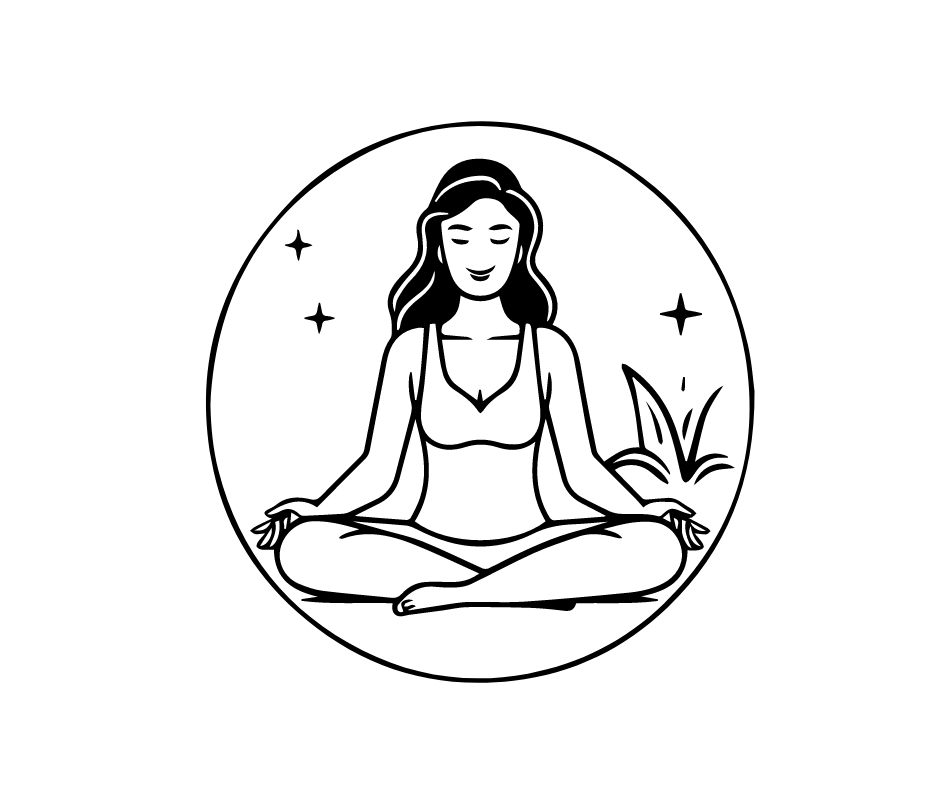
The term “meditation” finds its etymological roots in the Latin word “meditari,” meaning to deeply reflect on a subject. However, the practices of meditation trace back primarily to the Vedic texts of India, where it is referred to as “Dhyana,” signifying contemplation or deep reflection over an extended period.
In numerous Sanskrit shlokas, we encounter words like “dhyaayato” or “dhimahi,” stemming from the root word “dhyana.”
Notably, “dhyana” comprises “dhi,” denoting contemplation or reflection, and “yana,” meaning movement, thus portraying the movement or journey of the mind. Therefore, it becomes crucial to monitor the mind’s trajectory. When the mind wanders into mental chatter, dwells on the past, or succumbs to fear, emotional imbalance and stress ensue. Hence, cultivating “dhyana” becomes imperative for holistic health and wellness encompassing the body, mind, and spirit, allowing us to govern the mind’s movements effectively.
Meditation encompasses various forms depending on the focus required to attain peace and fulfillment. The types of meditation vary depending on the method and focus employed. Below are some examples of these types.
- Visual focus, exemplified by practices like “trataka.”
- Breath-focused techniques.
- Visualizations.
- Exploration of the Supreme energy within.
- Sound-based meditation, such as mantra meditation.
Certain meditative practices incorporate elements from multiple categories. For instance, in chakra meditation, practitioners visualize and focus on the chakras while chanting their respective beej mantras. “Om” meditation centers around chanting and contemplating the syllable “Om” and its significance, thereby qualifying as mantra meditation.

Mantra meditations hold special significance. The term “mantra” is derived from “manah trayate iti mantraha,” meaning that which delivers the mind (“man”= mind+ “tra” that which delivers/protects). During mantra meditation, maintaining active focus on the mantra through speaking and hearing minimizes the likelihood of the mind wandering astray since the senses serve as conduits of information to the mind. Consequently, using a counter, rosary, or chanting beads can also engage the sense of touch, further enhancing focus during meditation.
Given this understanding, guided meditation emerges as a valuable aid. The significance lies in the fact that meditating on appropriate subjects and employing effective techniques yield profound benefits. Whichever form of meditation resonates with you is the one you are likely to find most comfortable.
Benefits of Meditation:
Meditation offers a plethora of benefits, which can be summarized as follows:
- Enhanced focus.
- Strengthened determination.
- Heightened control over the senses, akin to practicing portion control in dietary habits.
- Increased patience.
- Reduction in stress levels.
- Augmented mindfulness.
- Opportunities for unplugging and rejuvenation.
The benefits of a regular meditation practice extend far and wide, fostering peace, happiness, and overall well-being.


Very well explanation.
Thank you
Wonderfully articulated.
A piece of beneficial docket.
Thank you so much
Well written.
Thank you 🙂
👌🏻
Thanks